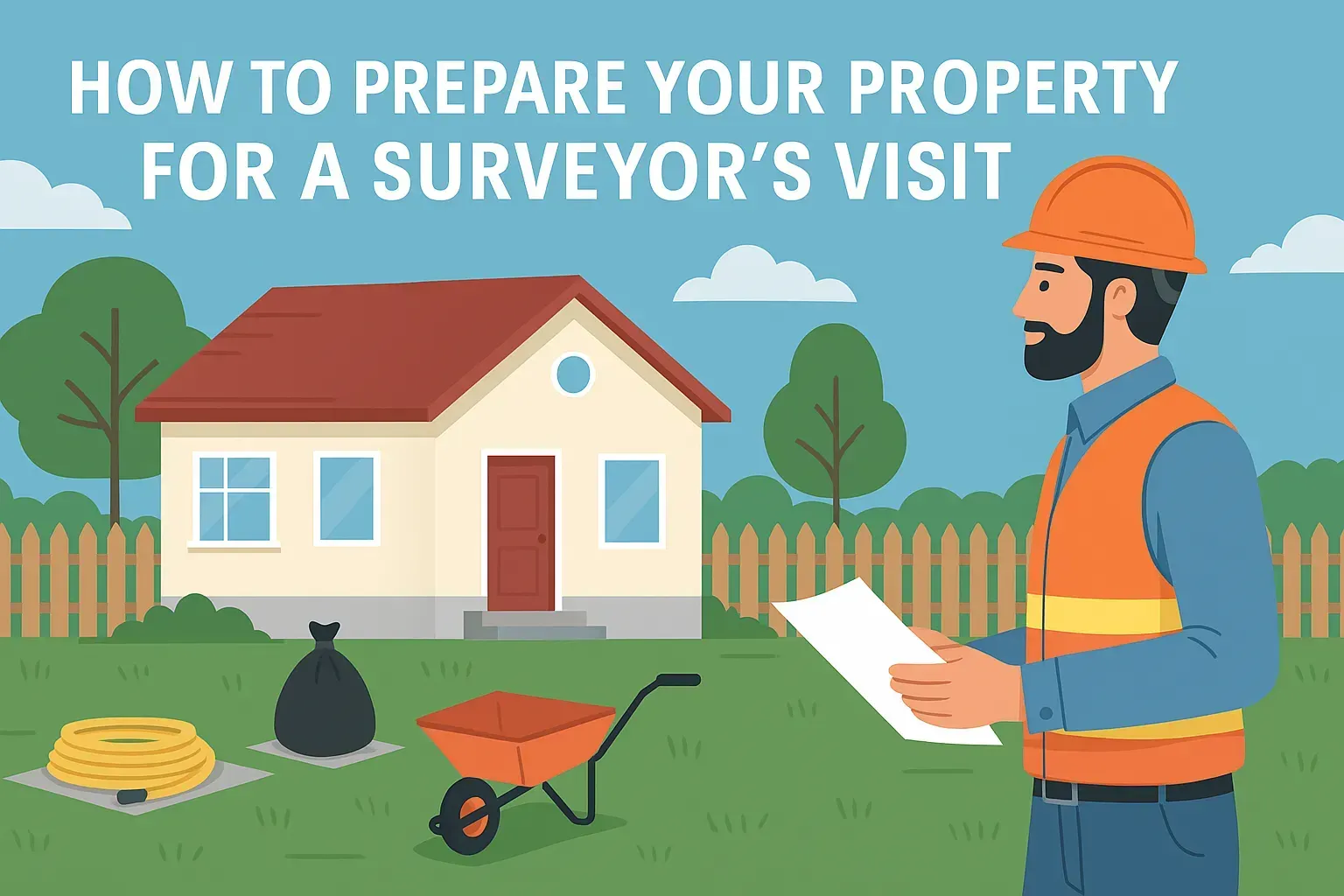
How to Prepare Your Property for a Surveyor’s Visit
A successful land survey begins long before the surveyor arrives on site. Proper preparation ensures the field crew can work efficiently, accurately, and safely—saving you time and potential additional fees. Follow this comprehensive guide to get your property ready for an upcoming survey.
1. Gather Existing Documentation
Collect any previous surveys, plats, or deeds you have, including boundary surveys , lot surveys , or ALTA/NSPS surveys. Having these documents on hand helps the surveyor verify historical markers and legal descriptions, reducing research time in the office.
2. Clear Vegetation and Debris
Trim back overgrown brush, tall grass, and low-hanging branches around fence lines and property corners. Remove loose debris—such as fallen branches, construction materials, or landscaping rocks—that could obstruct access or line-of-sight for GPS/GNSS and total station equipment.
3. Identify Access Points
Ensure clear, drivable access to all corners of the property. If gates are locked, leave a key or code for the survey team. Mark private driveways or shared easements so the surveyor can navigate without delay.
4. Mark Known Corners and Features
If you know where existing corner markers, fences, or other improvements are, flag them with high-visibility tape or temporary stakes. This visual cue speeds up improvement surveys and helps prevent re-discovery of obvious points.
5. Securing Pets and Livestock
To ensure safety and prevent escape, secure pets or livestock before the surveyor arrives. Keep animals in fenced or indoor areas and inform the survey team if any animals will be on-site. This prevents accidental disturbances and allows the crew to work uninterrupted.
6. Note Special Conditions
="color:#00468C; font-size:24px; text-align:center; margin-top:20px;">6. Note Special ConditionsInform the survey team of any special site conditions—such as wetlands, steep slopes, or construction in progress—that may require additional time or equipment. If you need a topographic survey , mention areas where detailed elevation data is critical.
7. Communicate Your Goals
Clearly explain why you’re ordering the survey—whether for a construction staking project, mortgage transaction, lot split, or boundary dispute. This allows the surveyor to tailor data collection and reporting to your specific needs.
8. Schedule in Advance & Confirm
Book your survey at least 1–2 weeks ahead of your deadline. A pre-survey phone call or email to confirm details—such as meeting location, gate codes, and areas of focus—helps ensure the day runs smoothly and avoids last-minute rescheduling.
Ready to Schedule Your Survey?
Contact Alliance Land Surveyors to get started. We’ll guide you through each step—from preparation to final plat delivery.

